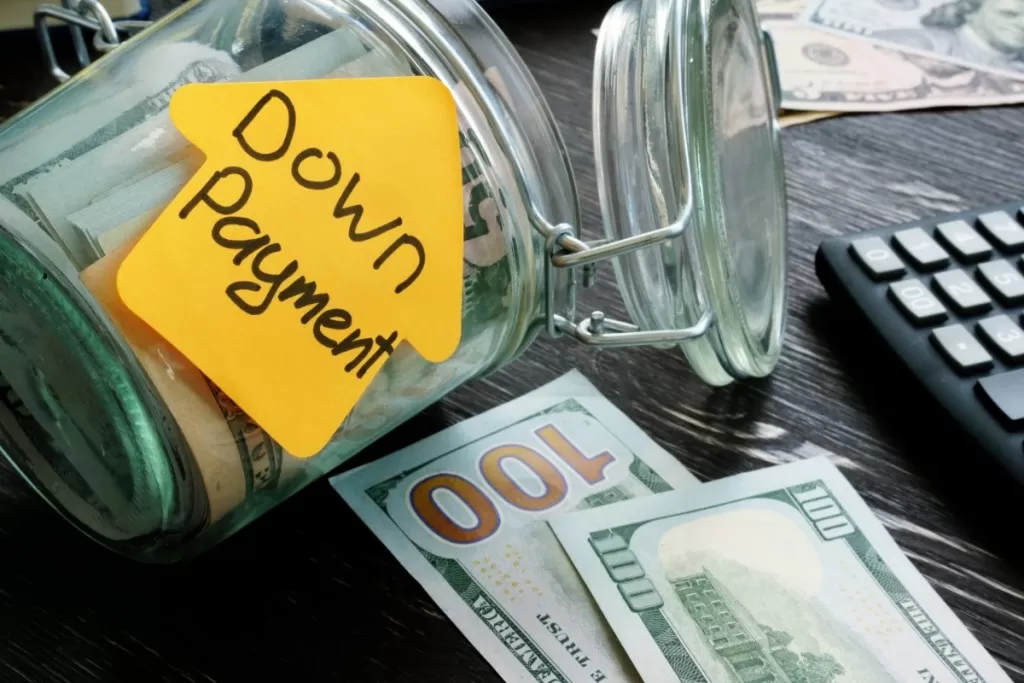Private Mortgage Insurance (PMI) is a type of insurance that is often required by lenders when you are purchasing a home with a down payment of less than 20% of the purchase price. This insurance is designed to protect the lender in case you are unable to make your mortgage payments. While PMI may seem like an added expense, there are ways to avoid it and save money in the long run.
First, let’s understand what PMI is and how it works. When you take out a mortgage, the lender is taking a risk by lending you a large sum of money. To mitigate this risk, they require you to pay for PMI. This insurance protects the lender in case you default on your loan. It does not protect you, the homeowner, in any way. The cost of PMI is typically added to your monthly mortgage payment, making your overall mortgage more expensive.
So, how can you avoid PMI when buying a home? The most obvious way is to make a down payment of at least 20% of the purchase price. This will eliminate the need for PMI altogether. However, this may not be feasible for everyone, especially for first-time homebuyers who may not have a large amount of savings.
Another option is to consider a piggyback loan. This involves taking out two loans – one for 80% of the purchase price and another for the remaining 20%. The second loan can be used as your down payment, eliminating the need for PMI. However, piggyback loans may come with higher interest rates and fees, so it’s important to carefully consider the overall cost before choosing this option.
If you are unable to make a 20% down payment or do not want to take out a piggyback loan, there are still ways to avoid PMI. Some lenders offer a lender-paid mortgage insurance (LPMI) option. With this, the lender pays for the PMI upfront and then passes on the cost to you in the form of a higher interest rate. While this may seem like a good option, it’s important to compare the overall cost of LPMI versus traditional PMI to see which one is more cost-effective for you.
Another way to avoid PMI is to look for a loan program that does not require it. For example, some government-backed loans, such as FHA loans, have their own mortgage insurance requirements that may be more affordable than traditional PMI. However, these loans may come with their own set of eligibility criteria and restrictions, so it’s important to do your research and consult with a mortgage professional before choosing this option.
Lastly, you can also consider saving up for a larger down payment. Even if you are unable to make a 20% down payment initially, you can always make extra payments towards your mortgage to reach that 20% threshold and request to have PMI removed. This may take some time, but it can save you a significant amount of money in the long run.
In conclusion, PMI is an added expense that can make your mortgage more expensive. However, there are ways to avoid it and save money. By making a 20% down payment, taking out a piggyback loan, considering LPMI or a loan program without PMI, or saving up for a larger down payment, you can eliminate the need for PMI and potentially save thousands of dollars over the life of your mortgage. It’s important to carefully consider all your options and consult with a mortgage professional to determine the best course of action for your specific situation. With some planning and research, you can successfully avoid PMI and make your dream of homeownership a reality.

